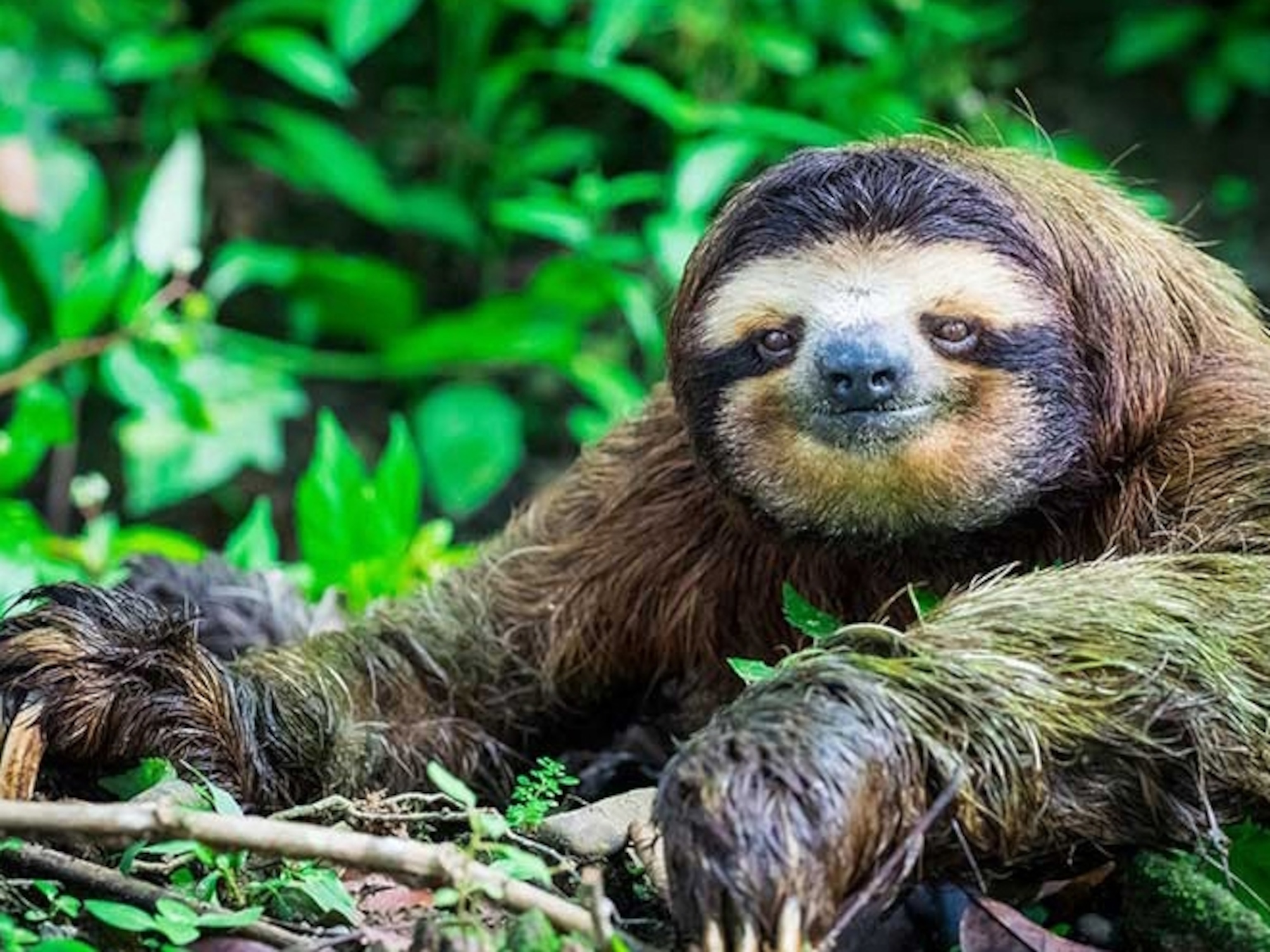Sloths are a group of Xenarthra mammals in the Neotropical region that make up the suborder Folibora. Famous for their slow movements, they spend most of their lives hanging upside down in the rainforest trees of South and Central America. All sloths are lonely in nature and gather only to mate. Linnaeus's beetle uses anal secretions on tree branches to promote its presence, and seasonal females call for high-pitched mating. The man moves towards the screaming female and sometimes fights each other if the two reach her at once. Click to see full answer
Where do sloths live in the world?
They are native to Central and South America. There are six known species of sloths, all belonging to two families. A three-finger and two-finger sloth. Sloths are so named because of their low metabolism and low movement. Sloths are slow-moving and are not easily detected by predatory cats and hawks that hunt visually.
What do sloths do during the day?
Sloths are nocturnal, most of them active at night and sleep all day long. They eat, sleep, mate, give birth upside down in the trees, and sometimes hang after death. Sloths do not have incisors, so tap your hard lips to cut off the leaves.
Which animal is most closely associated with sloths?
They are believed to be most closely related to anteaters and together make up the Xenarthra Pilosa. There are six extant sloth species in two genera – Bradypus (three-finger sloth) and Choloepus (two-finger sloth).
How do sloths mate and breed?
Sloths spend most of their lives hanging upside down on tree branches. They eat on trees, sleep, mate, and give birth upside down. Sloths hold on tree branches with strongly curved claws on each of their four legs. Male sloths are lonely and shy animals.
What's so special about sloths?
Due to the nature of sloths, they save energy and move slower than any other mammal on the planet. This modest pace means that sloths don't move more than 125 feet (38 meters) in a day, and on rare occasions they may be on the ground, but only crawl 1 foot (30 cm) per minute. plug. 2017
What are the two interesting facts about sloths?
10 incredible facts about sloths Without sloths, there would be no avocado. .. Sloths are three times stronger than us. .. They poop one-third of their body weight at a time. .. Sloths are blind. .. They are faster in the water than on land. .. Sloths take 30 days to digest the leaves. .. They can be full and starve to death. Radio 4in4-10 Incredible Facts About Sloths-BBC
What are the 10 Interesting Facts About Sloths?
Faster in the water than on land They spend most of their time on trees, but sloths are surprisingly good at swimming. They can swim in the water three times faster than moving on the ground! The three-finger sloth has two more cervical vertebrae than any other mammal.
What do sloths mainly do?
Sloths, adorable lethargic animals that live on top of trees, depend on the health and survival of tropical forests in Latin America. They spend much of their life in the canopy, dozing off and remaining hidden from predators. Animals lead a lonely life and use the canopy vines to move from tree to tree.

Below you will find two helpful answers on a similar topic. 👇
Do sloths have front teeth?Do sloths have incisors?
